
 注册领资料
注册领资料

 注册领资料
注册领资料

Agriculture and fishing formed the primary sector of the economy in the Netherlands in the seventeenth century. Dutch agriculture was modernized and commercialized new crops and agricultural techniques raised levels of production so that they were in line with market demands, and cheap grain was imported annually from the Baltic region in large quantities. According to estimates, about 120,000 tons of imported grain fed about 600,000 people: that is about a third of the Dutch population. Importing the grain, which would have been expensive and time consuming for the Dutch to have produced themselves, kept the price of grain low and thus stimulated individual demand for other foodstuffs and consumer goods.
Apart from this, being able to give up labor-intensive grain production freed both the land and the workforce for more productive agricultural divisions. The peasants specialized in livestock husbandry and dairy farming as well as in cultivating industrial crops and fodder crops: flax, madder, and rape were grown, as were tobacco, hops, and turnips. These products were bought mostly by urban businesses. There was also a demand among urban consumers for dairy products such as butter and cheese, which, in the sixteenth century, had become more expensive than grain. The high prices encouraged the peasants to improve their animal husbandry techniques; for example, they began feeding their animals indoors in order to raise the milk yield of their cows.
In addition to dairy farming and cultivating industrial crops, a third sector of the Dutch economy reflected the way in which agriculture was being modernized-horticulture. In the sixteenth century, fruit and vegetables were to be found only in gardens belonging to wealthy people. This changed in the early part of the seventeenth century when horticulture became accepted as an agricultural sector. Whole villages began to cultivate fruit and vegetables. The produce was then transported by water to markets in the cities, where the consumption of fruit and vegetables was no longer restricted to the wealthy.
As the demand for agricultural produce from both consumers and industry increased, agricultural land became more valuable and people tried to work the available land more intensively and to reclaim more land from wetlands and lakes. In order to increase production on existing land, the peasants made more use of crop rotation and, in particular, began to apply animal waste to the soil regularly, rather than leaving the fertilization process up to the grazing livestock. For the first time industrial waste, such as ash from the soap-boilers, was collected in the cities and sold in the country as artificial fertilizer. The increased yield and price of land justified reclaiming and draining even more land.
The Dutch battle against the sea is legendary. Noorderkwartier in Holland, with its numerous lakes and stretches of water, was particularly suitable for land reclamation and one of the biggest projects undertaken there was the draining of the Beemster lake which began in 1608. The richest merchants in Amsterdam contributed money to reclaim a good 7,100 hectares of land. Forty-three windmills powered the drainage pumps so that they were able to lease the reclamation to farmers as early as 1612, with the investors receiving annual leasing payments at an interest rate of 17 percent. Land reclamation continued, and between 1590 and 1665, almost 100,000 hectares were reclaimed from the wetland areas of Holland, Zeeland, and Friesland. However, land reclamation decreased significantly after the middle of the seventeenth century because the price of agricultural products began to fall, making land reclamation far less profitable in the second part of the century.
Dutch agriculture was finally affected by the general agricultural crisis in Europe during the last two decades of the seventeenth century. However, what is astonishing about this is not that Dutch agriculture was affected by critical phenomena such as a decrease in sales and production, but the fact that the crisis appeared only relatively late in Dutch agriculture. In Europe as a whole, the exceptional reduction in the population and the related fall in demand for grain since the beginning of the seventeenth century had caused the price of agricultural products to fall. Dutch peasants were able to remain unaffected by this crisis for a long time because they had specialized in dairy farming industrial crops, and horticulture. However, toward the end of the seventeenth century, they too were overtaken by the general agricultural crisis.
1. By indicating that production was in line with market demands the author means that Dutch farmers were able to
A exceed other European countries in agricultural production
B produce crops mat were similar to those popular in other European countries
C supply sufficient quantities of the agricultural products that the Dutch population wanted to buy
D satisfy the demand for high quality agricultural products from the Baltic region
2. Which of the sentences below best expresses the essential information in the highlighted sentence in the passage? Incorrect choices change the meaning in important ways or leave out essential information.
A Buying imported grain led to the Dutch demanding that other foodstuffs and consumer goods be imported.
B Because the Dutch were able to import inexpensive grain, they had money available to create a demand for other food products and consumer goods.
C Keeping the price of grain low was a primary goal of the Dutch at a time when they could not produce enough grain to provide for all their needs.
D The demand for other foodstuffs and consumer goods forced the Dutch to import grain and other products at a time when maintaining low prices was especially important.
3. The phrase “Apart from” in the passage is closest in meaning to
A Besides.
B Despite.
C As a result of.
D Instead of.
4. According to paragraph 2, the increases demands on Dutch agriculture made by urban consumers had which of the following results?
A Seasonal shortages of the products consumers most wanted.
B Increased production of high-quality grain products.
C Raised prices charged by peasants to urban consumers.
D Different ways of caring for dairy-producing animals.
5. The word “consumption” in the passage is closest in meaning to
A sale.
B storage.
C exportation.
D utilization.
6. According to paragraph 3, the modernization of agriculture in the Netherlands was evident in all of the following ways EXCEPT:
A The production of fruits and vegetables became a commercial venture.
B The wealthy stopped growing fruits and vegetables in their gardens and grew flowers instead.
C Horticultural produce was transported to city markets by water.
D Many more people were able to afford to eat fresh fruits and vegetables.
7. Select the TWO answer choices that, according to paragraph 4, indicate two methods people used to increase the productivity of their land. To receive credit you must select TWO answers
A They planted different crops in different sections of the farm each year.
B They used improved irrigation methods to increase the yield of crops.
C They increased the use of fertilizers to supply more nutrients to plants.
D They used new horticultural practices to produce different varieties of plants in the same section of the farm.

申友留学APP





上海(总部)服务中心
地址:上海市徐汇区文定路218号德必徐家汇WE艺术湾B座
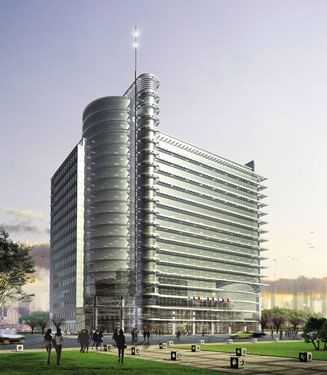
北京服务中心
地址:北京市朝阳区雅宝路7号 E园EPARK大厦4楼(预约洽谈)
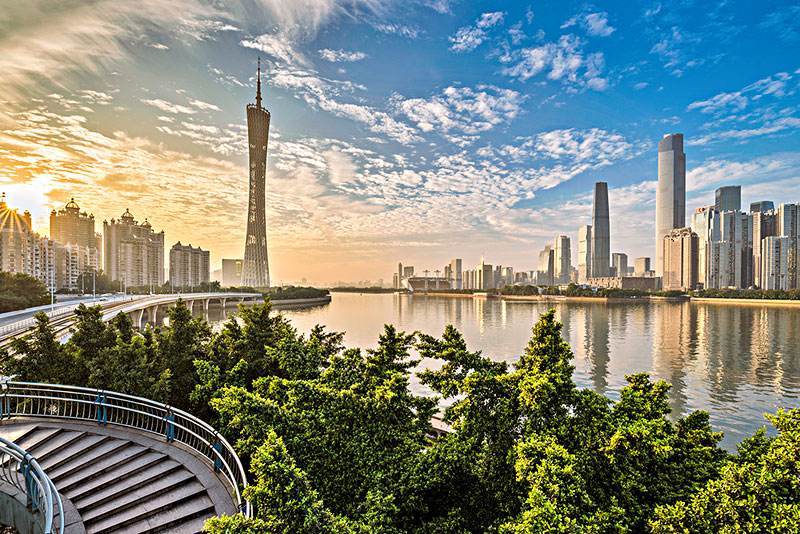
广州服务中心
地址:广州天河区华穗路406号保利克洛维中景大厦(预约洽谈)
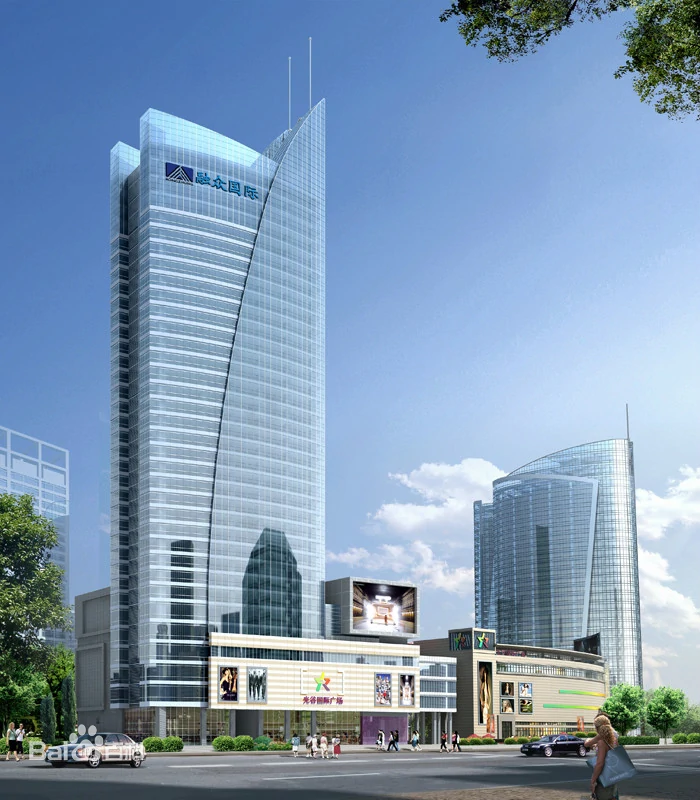
武汉服务中心
地址:武汉市珞喻路889号光谷融众国际写字楼17层1707室

成都服务中心
地址:四川省成都市锦江区春熙路街道梓潼桥正街25号西部文化产业中心8楼

杭州服务中心
地址:杭州市江干区江锦路159号 平安金融中心B座9楼
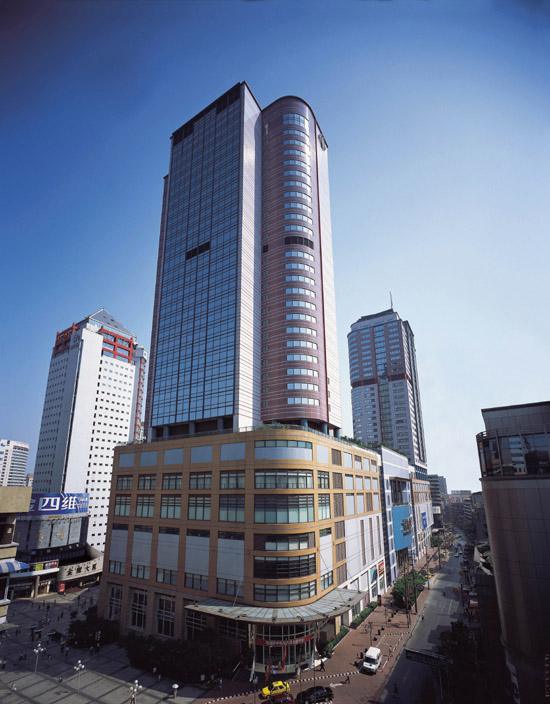
重庆服务中心
地址:重庆市渝中区邹容路68号大都会广场
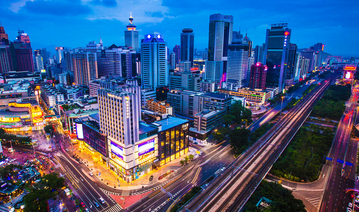
深圳服务中心
地址:深圳市南山区玉泉路116号融创毅哲大厦(预约洽谈)
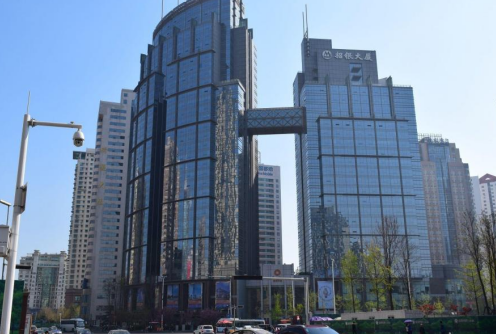
青岛服务中心
地址: 青岛市市南区南京路8号 府都大厦

我的留学方案